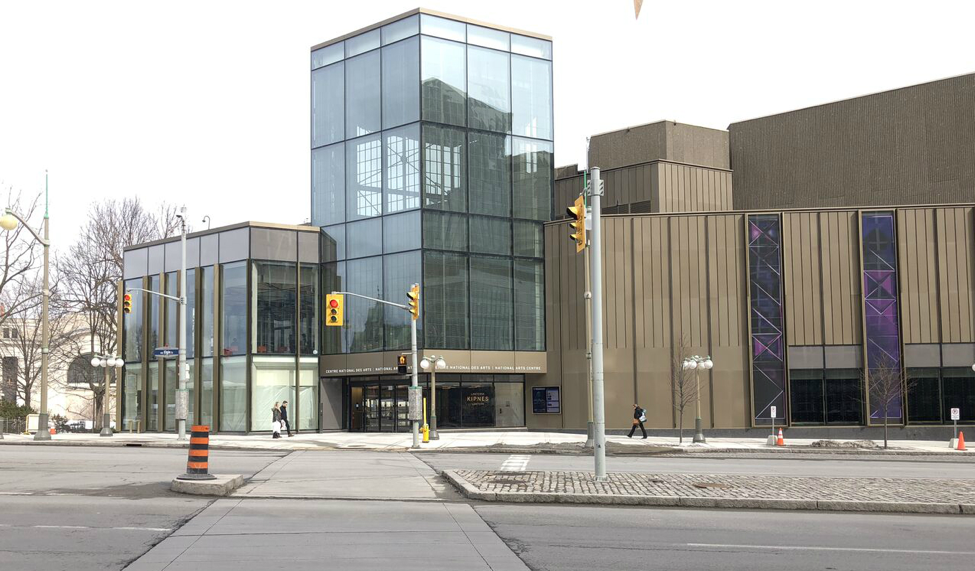NAC in deficit after major renovations
By Madison Ranta
It will take a decade for the National Arts Centre to balance the books after running a deficit of nearly $3.7 million during its 2016-2017 season, the centre announced at its annual public meeting on Feb. 28.
The NAC’s president and CEO, Peter Herrndorf, said the deficit was largely caused by a decrease in sales due to extensive renovations the NAC had been undertaking since 2016. Herrndorf also noted the deficit was $500,000 less than what was originally forecast and approved by the board of trustees.
“Nothing remotely like this has happened in our history,” Herrndorf said of the NAC’s renovation process. “I think the payoff over the next number of years will be enormous.”
Some 150 parking spaces were unavailable during the construction period, resulting in a revenue loss of $600,000. The centre’s restaurant and catering spaces were also closed during construction, while utility and labour costs increased with the hiring of additional security and custodial staff, those at the meeting were told.
The NAC also increased its programming for the Canada 150 celebrations, which added to costs. Its orchestra went on a national tour, the Louis Riel-themed opera was staged, and the annual Canada Scene festival was hosted for an extended six-week period.
Herrndorf said the NAC is committed to eliminating the deficit “systematically over the next decade.”
But the annual report outlines potential funding issues facing the NAC. The report said the money the NAC receives from the federal government has been reduced by nearly $2 million every year since 2012, and that “the reduction in programming support will have a significant impact on future programming for the Corporation if not addressed in the near future.”
Herrndorf said that despite the renovations, the NAC hosted more than 1,300 performances during its 2016-2017 season, earning $16 million in revenue from 950,000 patrons. The centre had an operating budget of $78 million for the season.
Renovations began in February 2016 and were the most significant upgrades since the centre first opened in 1969, adding an additional 5,400 square metres of space.
The federal government approved $110.5 million in funding for a massive overhaul of the centre’s exterior and interior architecture in 2014.
The reconstruction was completed in time for an official unveiling last July 1.
An additional $115 million was approved by the federal government in 2016 to upgrade performance spaces within the NAC. The annual report predicts these internal renovations will be completed later this year.
Adrian Burns, chair of the NAC’s board of trustees, said some of the facilities were in “dire need” of upgrading. Southam Hall, the NAC’s largest performance venue, received new hardwood floors to improve acoustics and more aisles to improve accessibility.
Geneviève Cimon, the NAC’s director of music education and community engagement, said the renovations marked a “turning point” for the arts education activities offered by the centre.
“Cross-cultural dialogue and reconciliation through the arts can strengthen our nation’s identity,” Cimon said. “The arts connect us and help us to see the world and our country in new ways.”
The NAC also wanted to shift its public image from being a formal performance space to a more casual and multipurpose public building. Burns said the installation of free public Wi-Fi and floor-to-ceiling windows aim to attract more people to the NAC.
“Our goal is to welcome people, not only to see a show, but to spend time at the NAC during the day,” said Burns. “The idea is to shift from being strictly a performing arts centre and instead become more of a community hub.”

